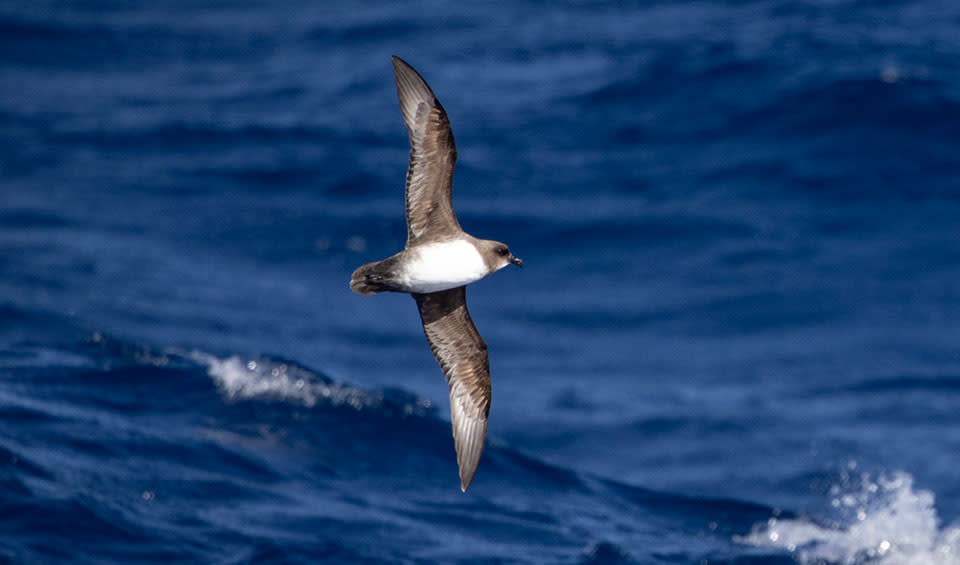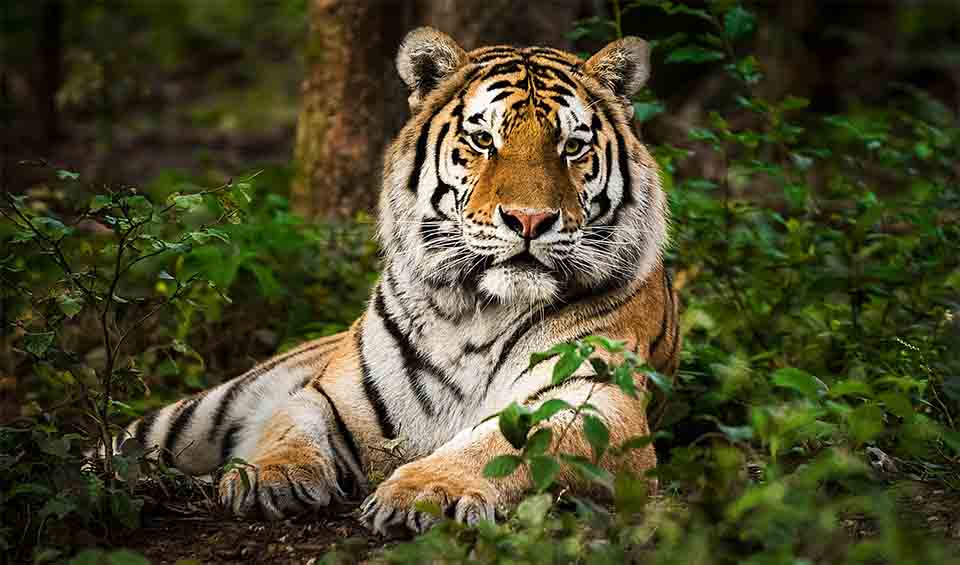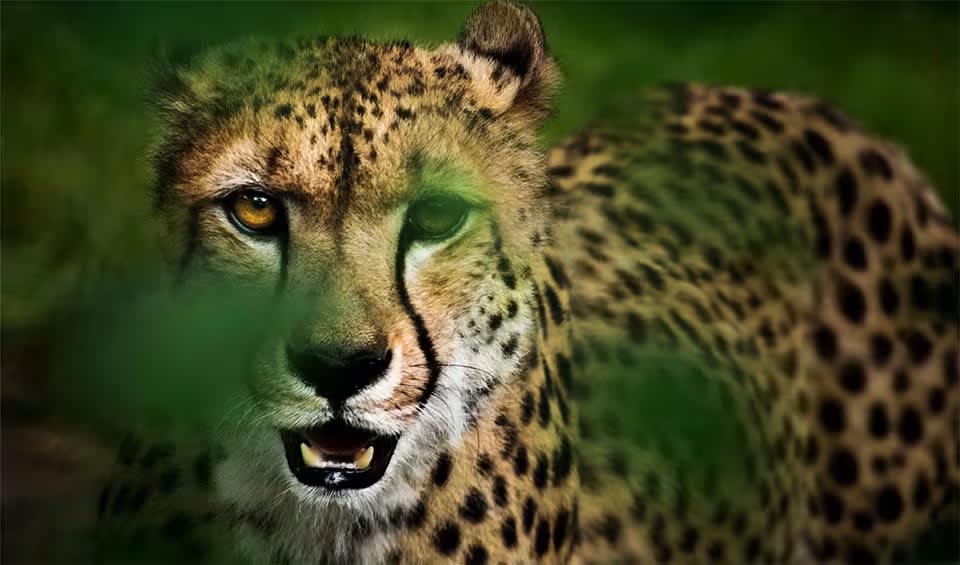A striking seabird known for its bold black-and-white plumage and impressive ability to navigate the vast open waters of the South Atlantic Ocean. This medium-sized gadfly petrel is mainly found around the remote Tristan da Cunha islands, a small group of islands in the South Atlantic, where it breeds on steep, rugged slopes and coastal cliffs. The Atlantic petrel is easily recognized by its dark chocolate-brown upperparts contrasting sharply with its white belly and underwings, along with a dark hood covering its head and face. This sharp color pattern makes it stand out compared to some of its more subtly marked relatives.
One of the most fascinating aspects of the Atlantic petrel’s life is how perfectly adapted it is to life at sea. Like other petrels, it is an expert glider, soaring low over the ocean waves and using the wind to travel great distances with minimal effort. The Atlantic petrel spends most of its life far from land, returning only during the breeding season to nest in burrows dug into soft peat soil on its island home. It is mostly active at night when visiting the colony, which helps the birds avoid predatory gulls and skuas. During the day, they can often be seen skimming the waves, feeding on squid, fish, and crustaceans, using their sharp eyesight and excellent sense of smell to locate food across wide stretches of the ocean.
A fun and curious fact about the Atlantic petrel is that, like other seabirds in its family, it produces a special stomach oil that it can regurgitate as a defense against predators or to feed its chicks. This oil is rich in energy and plays a vital role in fueling their long flights over the open ocean.
Distribution
 Antarctica
Antarctica Argentina
Argentina Brazil
Brazil Falkland Islands
Falkland Islands Israel
Israel Jordan
Jordan Namibia
Namibia Saint Helena
Saint Helena South Africa
South Africa South Georgia
South Georgia Uruguay
UruguayAnything we've missed?
Help us improve this page by suggesting edits. Glory never dies!
Suggest an editGet to know me
Terrestrial / Aquatic
Altricial / Precocial
Polygamous / Monogamous
Dimorphic (size) / Monomorphic
Active: Diurnal / Nocturnal
Social behavior: Solitary / Pack / Flock
Diet: Carnivore / Herbivore / Omnivore / Piscivorous / Insectivore
Migratory: Yes / No
Domesticated: Yes / No
Dangerous: Yes / No




